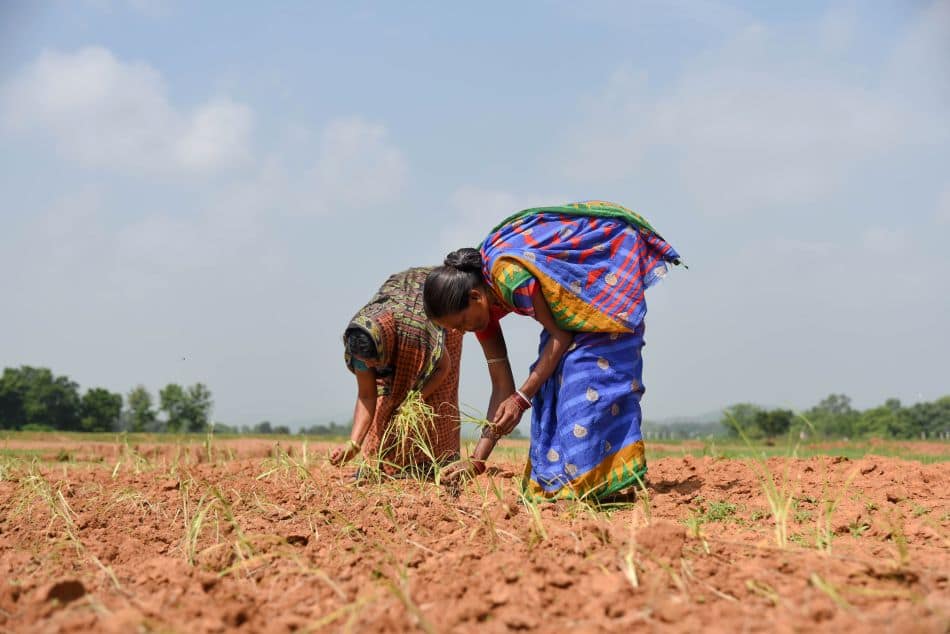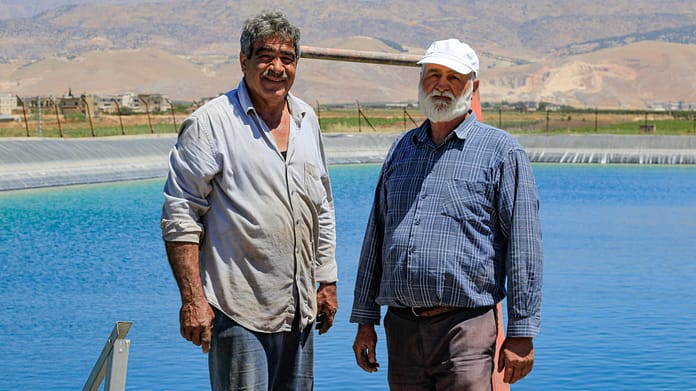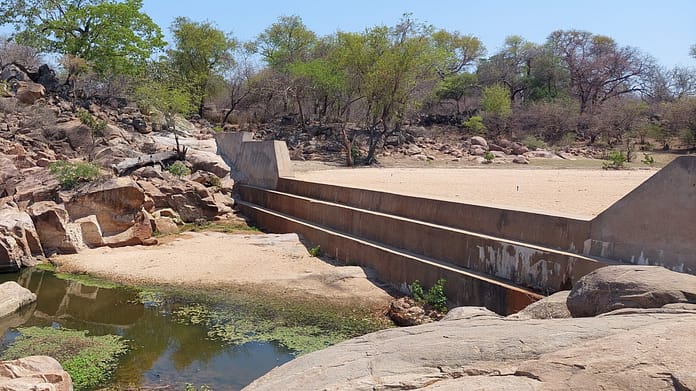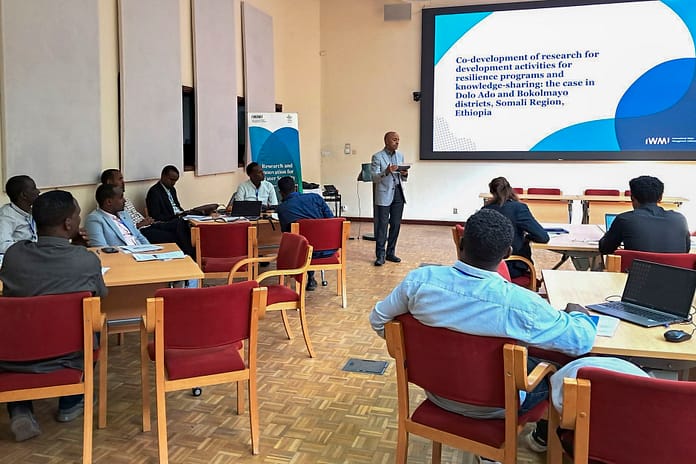
India’s agricultural sector — the country’s backbone comprising over 120 million smallholder farmers — is extremely susceptible to the impacts of drought. Drought conditions not only affect crops reducing yields, but also threaten livestock and fisheries and, ultimately, the livelihoods and food security of rural communities. Marginal farmers and pastoralists are often the hardest hit, facing cascading losses and mounting debt.
Effective drought governance has been a complex challenge in India. The problem is not only the erratic nature of rainfall patterns and intensifying climate variability but also institutional difficulties. The need to coordinate across various government bodies and sectors — from meteorological departments to agricultural extension agencies — demands an infrastructure that enables rapid information sharing, consistent advisories and timely action. Currently, this level of seamless integration is hindered by fragmented data systems, limited real-time information flow and resource constraints.
The International Water Management Institution (IWMI) introduced the South Asia Drought Monitoring System (SADMS) in 2016, to address these challenges. SADMS provides a comprehensive platform to monitor meteorological and agricultural droughts using advanced satellite-derived indices, including an integrated drought severity index and a standardized precipitation index. By offering near real-time regional and sub-national drought condition updates, SADMS has been instrumental in helping countries across South Asia anticipate drought risk.
While SADMS laid a strong foundation, however, its utility for field-level anticipatory action remained limited. Countries, including India, needed systems that did not just monitor drought but also seamlessly connected to sectoral action plans and local response mechanisms.
SukhaRakshak AI chatbot enhances drought platform
SADMS was, however, missing one critical piece; personalized, timely advisories for different user groups, in a language and format they could easily understand and act upon.
The SukhaRakshak, or drought protector, AI chatbot was designed as an intelligent companion for farmers, agricultural extension officers and government drought managers.
SukhaRakshak AI utilizes Gemini 2.0 Flash and Retrieval-Augmented Generation (RAG) to provide contextual insights tailored to specific locations. The system incorporates autonomous AI pipelines that retrieve and analyze real-time drought indicators from SADMS, Google Earth Engine and global forecasting systems. To facilitate localized advisories, RAG uses India’s detailed district-level contingency plans, which are stored in the open-source vector database Qdrant. SukhaRakshak AI integrates multilingual features by leveraging a combination of AI4Bharat, India’s national initiative for developing native language artificial intelligence, and Sarvam AI facilitating smooth translation into some of India’s many languages. The architecture utilizes a FastAPI backend, containerized with the Docker development platform and deployed on Amazon Web Services to ensure scalable performance.
The AI drought protector integrates advanced artificial intelligence models trained on massive datasets including weather forecasts, the International Research Institute for Climate and Society’s probability forecast for precipitation, seasonal and sub-seasonal prediction models from the National Oceanic and Atmospheric Association, the Global Ensemble Forecast System and the Climate Forecast System. It also uses satellite Earth Observation data, including the normalized difference vegetation index, precipitation, rainfall deficit, the integrated drought severity index, the vegetation health index and real-time drought indices from SADMS. It uses a foundation model approach that can process and synthesize multiple types of data streams — from 10-day short-term forecasts to four-week advance drought predictions.
SukhaRakshak AI goes beyond mere data processing. It incorporates India’s district-level contingency plans to tailor advisories to each region’s specific vulnerabilities and recommended practices. This ensures that a farmer in a drought-prone district, Odisha for instance, receives completely different guidance compared to a farmer in a western coastal district facing a potential mid-season dry spell.
Chatbot overcomes language barriers
One of the most interesting features of SukhaRakshak AI is its seamless integration with Sarvam and AI4Bharat. India’s linguistic diversity is a rich cultural strength, but it has historically been a barrier in delivering uniform, timely agricultural advisories. Many rural farmers have limited literacy or prefer oral communication in local dialects.
By leveraging AI4Bharat’s language models, SukhaRakshak AI can deliver text and voice advisories in more than 22 Indian languages, making it accessible to millions.
Users can presently get updates for predefined questions from the chatbot, and the information will eventually be disseminated through mobile phones and laptops. Whether it is a voice message guiding farmers on the best drought-tolerant crop variety to switch to, or a text advisory recommending livestock fodder strategies, SukhaRakshak AI will ensure that critical information transcends language barriers.
The chatbot was presented to a global audience at the United Nation’s AI for Global Good Summit on July 8, 2025 and will be piloted in Odisha and Tamil Nadu in August 2025. It will primarily be used by agricultural extension agencies, government officials and drought managers. It will go through a process of fine-tuning before being introduced to the farmers.
The power of personalization and inclusion
SukhaRakshak AI is designed to adapt its messaging style and level of detail based on the user type. Farmers receive concise, action-oriented advisories focused on immediate farm-level decisions. Extension officers get more detailed, technically nuanced advisories to guide farmer groups effectively. Government managers access dashboard-style summaries and recommendations for resource allocation, allowing them to coordinate district-wide or state-wide response strategies.
This multi-tiered, inclusive approach embodies the spirit of true drought governance: empowering every stakeholder to act swiftly and effectively, while bridging the traditional gaps between monitoring, planning and field action.
One piece of a larger vision
By combining cutting-edge AI, robust drought monitoring, localized contingency plans and inclusive language technology, SukhaRakshak AI represents a transformative leap in drought mitigation strategy. It exemplifies how digital innovation can strengthen governance, improve livelihoods and protect natural resources in the face of escalating climate risks.
This effort is not an isolated endeavor. It forms part of the Drought Action Catalyst, a global initiative led by IWMI on behalf of CGIAR, which aims to accelerate drought resilience solutions worldwide by integrating science, policy and innovative technologies like SukhaRakshak AI.
By fostering collective action, bridging data gaps and empowering vulnerable communities, SukhaRakshak AI exemplifies how the vision of the Drought Action Catalyst can be translated into real-world impact — building a more resilient and food-secure future for all.
















